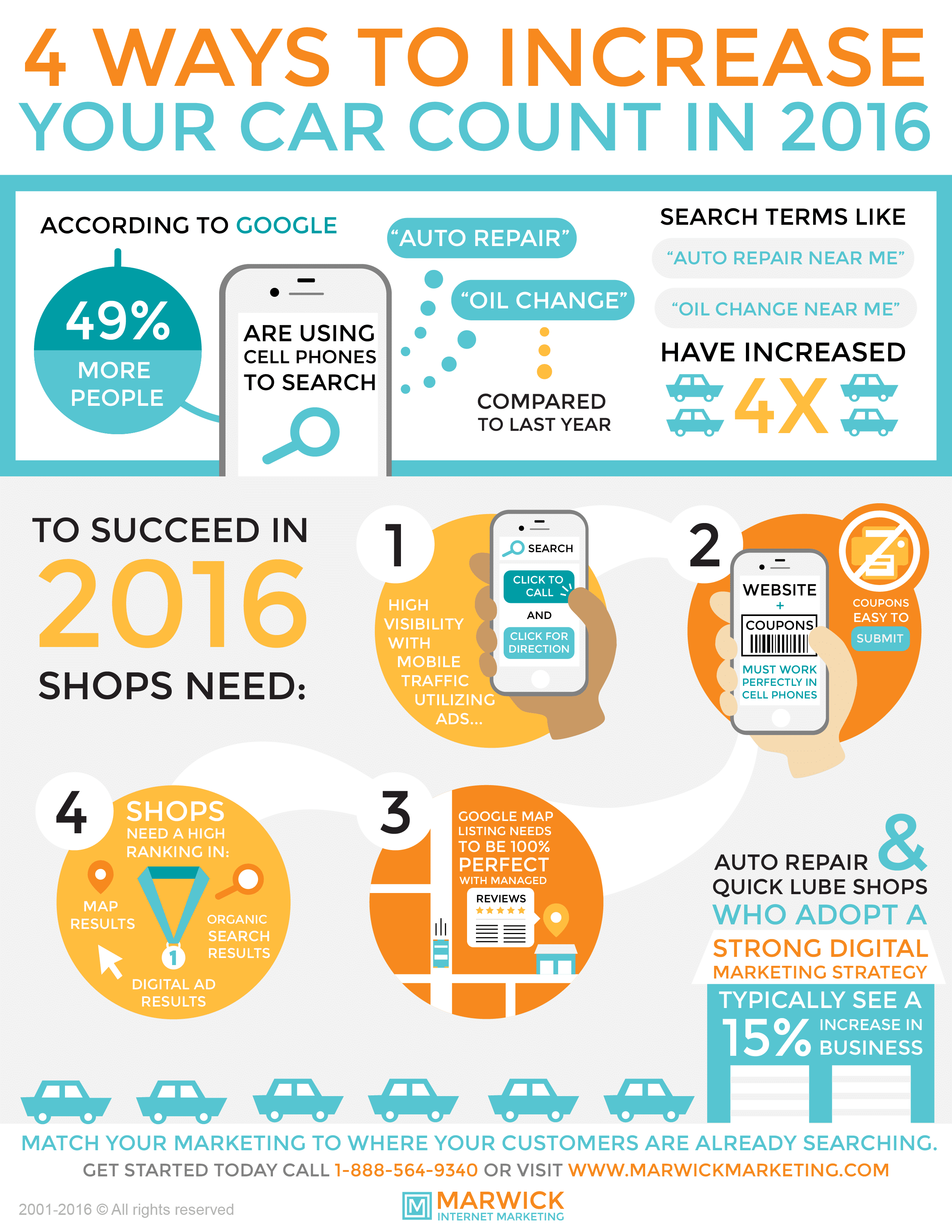Decoding Your Automobile'S Caution Indicators: What They Genuinely Represent
Decoding Your Automobile'S Caution Indicators: What They Genuinely Represent
Blog Article
Authored By-Vinson Winters
When you're behind the wheel, those beautiful caution lights on your dashboard can be a bit bewildering. Do you understand what they're attempting to inform you about your automobile's health? Comprehending the significance of these lights is essential for your security and the durability of your automobile. So, the next time one of those lights pops up, wouldn't you intend to analyze its message accurately and take the necessary actions to address it?
Common Caution Lights and Interpretations
Identify typical warning lights in your car and recognize their definitions to make certain secure driving.
One of the most common caution lights include the check engine light, which signals problems with the engine or discharges system. If this light comes on, it's vital to have your lorry checked immediately.
The oil pressure advising light shows reduced oil pressure, requiring prompt attention to stop engine damage.
A blinking battery light might recommend a damaged charging system, possibly leaving you stranded otherwise dealt with.
The tire stress tracking system (TPMS) light alerts you to low tire pressure, affecting car security and gas efficiency. Ignoring https://www.vvdailypress.com/story/news/2022/01/21/fire-damages-long-serving-lovelands-automotive-repair-shop-victorville-accidental-blaze/6614307001/ might bring about dangerous driving problems.
The abdominal muscle light indicates a trouble with the anti-lock braking system, jeopardizing your capacity to stop swiftly in emergency situations.
Lastly, the coolant temperature warning light warns of engine getting too hot, which can result in extreme damages if not dealt with promptly.
Understanding these typical warning lights will assist you address issues immediately and preserve safe driving conditions.
Value of Prompt Attention
Recognizing the typical warning lights in your automobile is only the initial step; the importance of without delay addressing these warnings can not be highlighted sufficient to guarantee your safety and security when driving.
When a warning light brightens on your control panel, it's your auto's means of connecting a possible concern that needs focus. Overlooking these warnings can bring about a lot more severe problems later on, jeopardizing your safety and security and possibly costing you extra in repairs.
Prompt interest to warning lights can avoid malfunctions and accidents. As an example, a blinking check engine light might show a misfire that, if left ignored, might trigger damages to the catalytic converter. Resolving Learn Alot more Here without delay can conserve you from a pricey repair.
In a similar way, a brake system warning light might signify low brake liquid or used brake pads, essential elements for your safety when driving.
DIY Troubleshooting Tips
If you see a caution light on your control panel, there are a couple of do it yourself fixing pointers you can try before looking for professional assistance.
The initial step is to consult your vehicle's manual to comprehend what the certain warning light indicates. In some cases the concern can be as straightforward as a loose gas cap setting off the check engine light. Tightening up the gas cap might fix the problem.
Another typical problem is a low battery, which can trigger various advising lights. Examining the battery links for corrosion and guaranteeing they're safe and secure could deal with the issue.
If a caution light persists, you can try resetting it by detaching the automobile's battery for a few minutes and then reconnecting it. Furthermore, inspecting your car's fluid levels, such as oil, coolant, and brake liquid, can aid troubleshoot cautioning lights associated with these systems.
car wash auto detail , comprehending your automobile's caution lights is important for maintaining your car running efficiently and safely. By without car grooming products resolving these notifies and knowing what they indicate, you can prevent expensive repairs and possible failures.
Bear in mind to consult your vehicle's guidebook for particular details on each alerting light and do something about it as necessary to make certain a hassle-free driving experience.
Remain informed, stay safe when driving!
